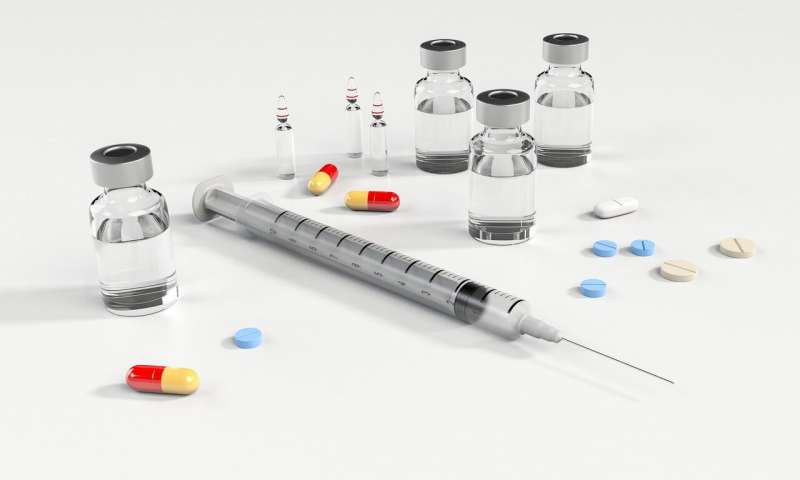SGLT2 inhibitors and GLP1 receptor antagonists improve type-2 diabetes outcomes, but are not cost effective


A cost-effectiveness study of sodium–glucose cotransporter-2 (SGLT2) inhibitors and glucagon-like peptide-1 (GLP1) receptor agonists has found that the use of these medications as first-line treatment for type-2 diabetes would improve outcomes, but their costs would need to decrease by at least 70 percent to be cost-effective. The study is published in Annals of Internal Medicine.
Type-2 diabetes affects more than 30 million Americans and costs $327 billion annually, up from $174 billion in 2007. The cost increase is partially attributed to the increased use of SGLT2 and GLP1, which have been demonstrated to reduce atherosclerotic cardiovascular disease (ASCVD), microvascular disease, and mortality in addition to improvements in glycated hemoglobin (HbA1c) and cardiovascular risk factors. These medications have been recommended for second-line therapy in both American and European guidelines but may be a prohibitively expensive treatment option for some payers.
Source: Read Full Article